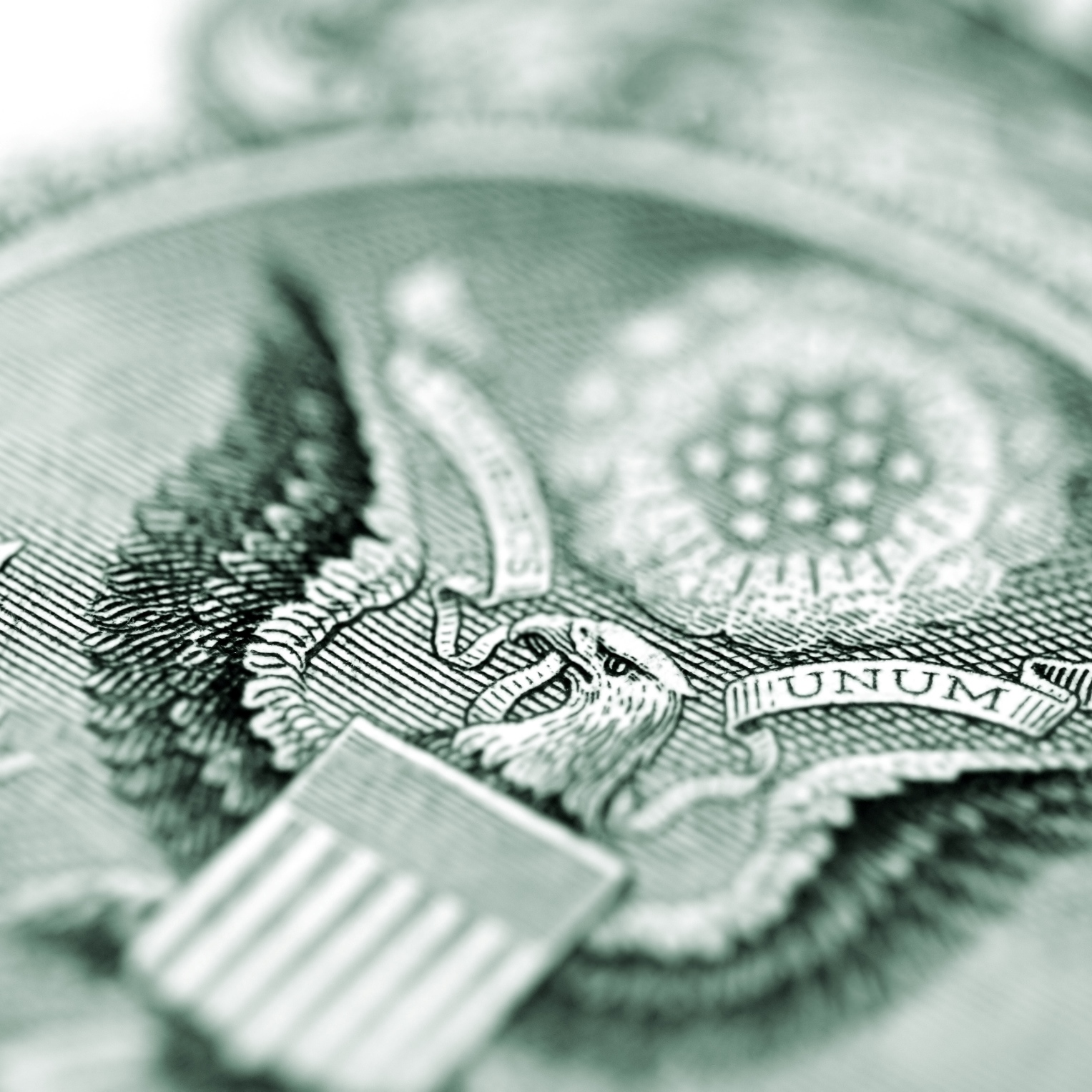Investing
As Interest Rates Again Reach Record Lows, Watch Out for the Yield Curve

Published:
Last Updated:

Lo and behold, after all the talk of interest rate hikes and gradually tightening monetary policy from the Federal Reserve, interest rates on the 10-year bond have touched record lows yet again. The record low came on July 24, 2012, when 10-year rates hit 1.394%. On July 5, we hit a new all-time low at 1.39%. On the long end of the yield curve the record has also been broken, as the 30-year hit and broke the record low of 2.226% set on January 30, 2015. Now 30-year rates are 2.16%. Bond ETFs are reflecting this, with the Vanguard Total Bond Market ETF (NYSEMKT: BND), which tracks a wide index of U.S. bonds including government and corporate, just below record highs.
For bond investors this is great news, but there are hidden dangers here in the yield spread. The Federal Reserve, despite not raising rates this year, did raise the effective federal funds rate back in December, which means that the overnight rate has risen slightly while long-term rates keep falling to record lows. Higher short-term rates and lower long-term rates mean a negatively sloped yield curve, commonly defined as 10-year minus two-year rates. Further evidence that the yield curve is getting squeezed is the fact that five-year yields are nowhere near record lows set in 2012. This bond rally is primarily affecting the long end, less so the short end.
Every recession since at least 1976 has been closely preceded by a negative yield curve. The functional reason for this is that the smaller the spread between long-term and short-term rates, the less money banks can make by borrowing short and lending long, which is basically the entire business model of the entire global banking system. When the curve goes negative, it means banks are paying more to borrow than they earn to lend, which obviously discourages banks from lending money and this slows down monetary expansion, leading to business cycle crashes. This is why the yield curve rarely fails to predict an imminent recession.
The yield curve has trended downward for over five years now, since February 4, 2011, when it hit a record high of 2.91. We are in an era of continuous record-breaking it seems, and the yield curve is no exception. Another ominous record since 1976 and possibly longer is the amount of time the curve has remained positive. The last time we had a negative yield curve was in May 2007, about five months before the Great Recession began. The economy has effectively enjoyed a positive yield curve for over nine years now. The last time it was negative before 2007 was in March 2000, when the Nasdaq bubble popped.
Bond investors may be celebrating now, but the lower long-term rates go without bringing short-term rates with them, the closer the yield curve gets to negative territory, and the closer we are to a major recession.
The average American spends $17,274 on debit cards a year, and it’s a HUGE mistake. First, debit cards don’t have the same fraud protections as credit cards. Once your money is gone, it’s gone. But more importantly you can actually get something back from this spending every time you swipe.
Issuers are handing out wild bonuses right now. With some you can earn up to 5% back on every purchase. That’s like getting a 5% discount on everything you buy!
Our top pick is kind of hard to imagine. Not only does it pay up to 5% back, it also includes a $200 cash back reward in the first six months, a 0% intro APR, and…. $0 annual fee. It’s quite literally free money for any one that uses a card regularly. Click here to learn more!
Flywheel Publishing has partnered with CardRatings to provide coverage of credit card products. Flywheel Publishing and CardRatings may receive a commission from card issuers.
Thank you for reading! Have some feedback for us?
Contact the 24/7 Wall St. editorial team.